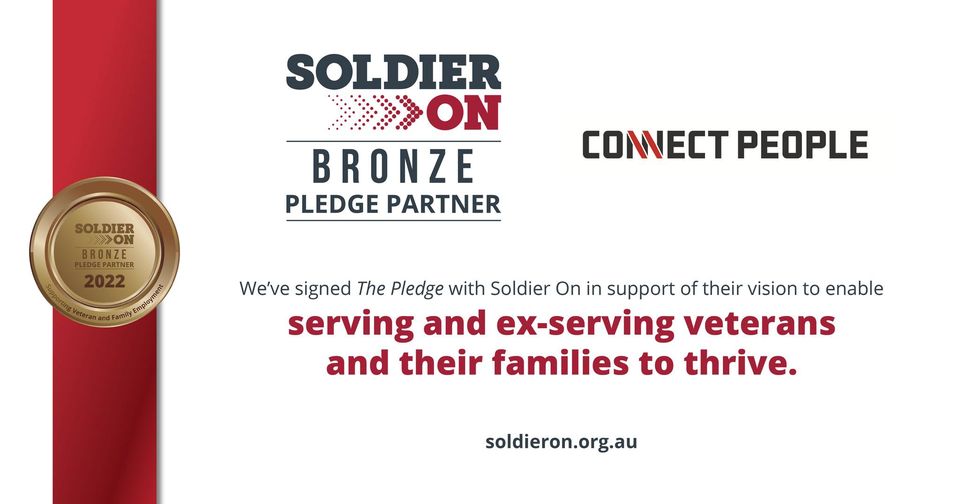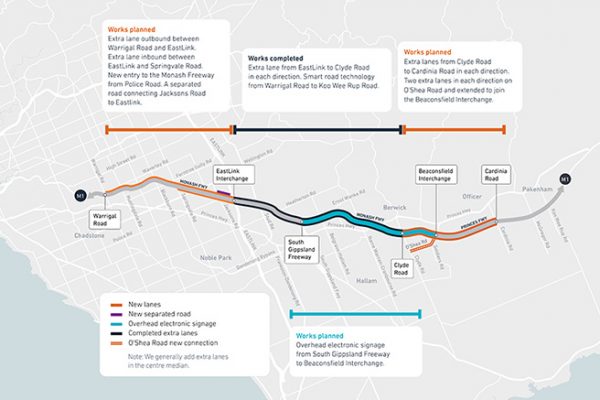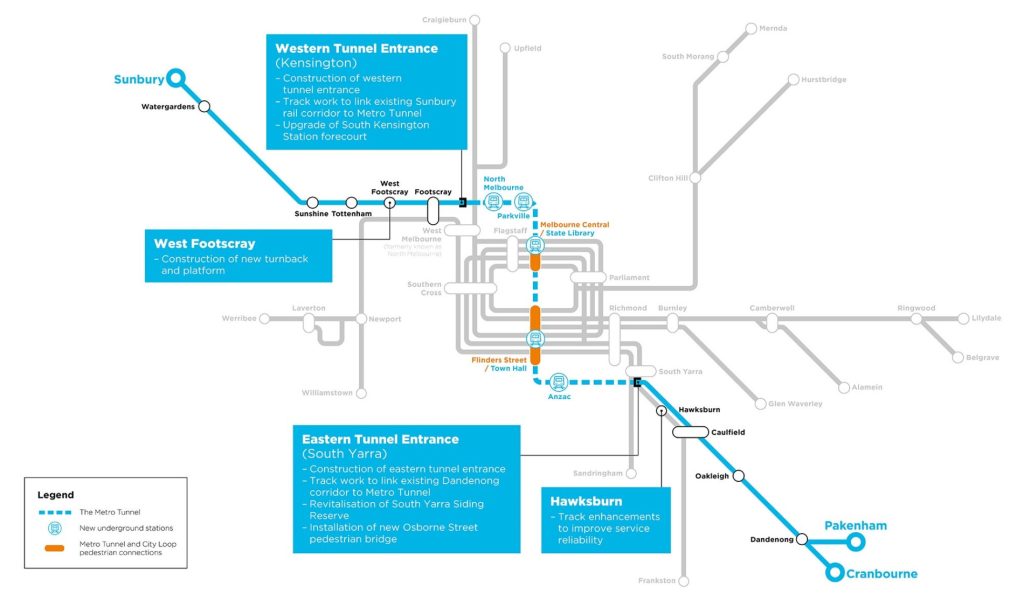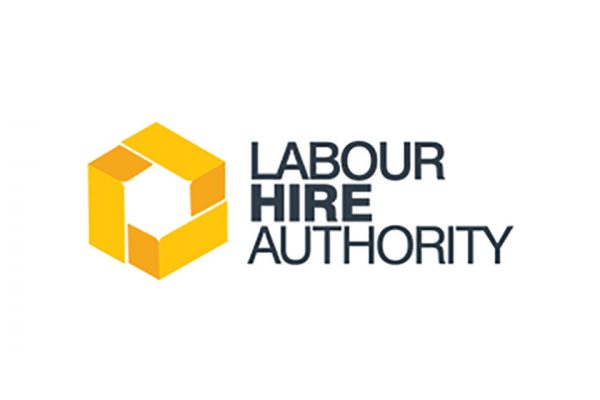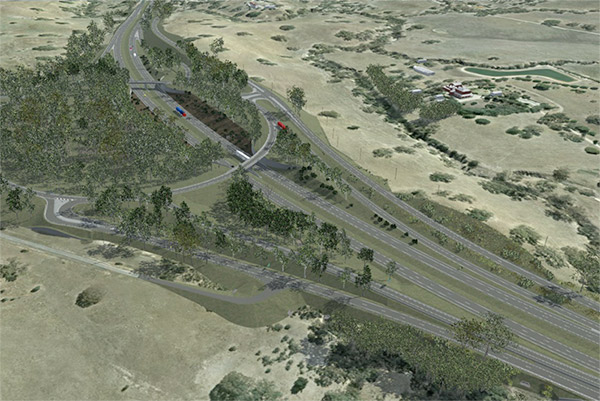Infrastructure Skills Gap: Why 197,000 Workers Are Needed by 2025 (and what hiring teams can do about it)
Australia is in the midst of a once-in-a-generation infrastructure boom. But ambitious pipelines of roads, rail, energy and utilities projects are bumping against a hard reality: a deep and growing infrastructure skills gap. In fact, recent forecasts suggest that we will need 197,000 additional infrastructure workers to meet demand in 2025. The scale…
Australia is in the midst of a once-in-a-generation infrastructure boom. But ambitious pipelines of roads, rail, energy and utilities projects are bumping against a hard reality: a deep and growing infrastructure skills gap. In fact, recent forecasts suggest that we will need 197,000 additional infrastructure workers to meet demand in 2025.
The scale of the shortfall: what’s driving the 197,000-worker gap?
According to the 2024 Infrastructure Market Capacity Report, the skills and labour shortage in Australia’s infrastructure sector remains one of the top capacity constraints.
A related industry commentary quantifies that shortfall as 197,000 full-time equivalent (FTE) positions across key infrastructure roles, ranging from tradespeople and labourers through to engineers and project managers.
That 197,000 figure is not arbitrary. It is derived from overlaying projected demand (driven by government and private infrastructure investment) against expected workforce supply (through training, migration, retention, and internal upskilling).
Breaking it down:
- Trades & Labourers: Around 57,000 roles are expected to be in shortage (about 29 % of the total shortfall).
- Engineers, Scientists & Architects: The single largest area of shortage (~111,000 roles, or ~56 % of the total)
- Project Management Professionals: ~29,000 roles (15 %)
This isn’t just a future risk, these pressures are already being felt. Infrastructure Australia’s workforce supply dashboards show widespread shortages across dozens of relevant occupational categories.
Contributing factors:
- An ageing workforce, with many skilled workers approaching retirement.
- Constraints in migration: while migration helps, it cannot fully plug gaps in skills, especially for senior or regionally located roles.
- Bottlenecks in education and training, and leakage from vocational pathways.
- Geographic mismatches: many infrastructure projects are regionally based, making attraction and retention of skilled workers harder outside metro areas.
- Competition with adjacent sectors (mining, energy, resources) for the same talent pools.
Why hiring managers should make this a boardroom discussion
For project leaders, HR heads, and operations managers in Tier 1/2 contractors and infrastructure firms, this skills gap is no abstract headline, it translates into real risks:
- Delays & cost overruns: Without the right people in place, key milestones slip and projects incur higher costs (overtime, subcontractor premiums, idle plant).
- Compromised quality or safety: Overstretching a team or filling roles with underqualified staff raises operational risk.
- Talent gaps in critical roles: Shortages are especially acute in senior or niche positions (e.g. senior civil engineers, technical leads), making those roles harder to fill.
- Higher turnover costs: Scarce staff have higher bargaining power and may move frequently between projects or employers in search of better environments or incentives.
Thinking proactively about workforce supply is not optional. It’s a strategic imperative.
Actionable strategies: how to navigate supply constraints with contractor and flexible workforce tactics
Here are six strategies hiring teams can deploy to mitigate workforce risks, even in tight markets:
- Hybrid workforce models (temp + perm / contractor blend)
Rather than banking entirely on permanent hires, mix in a flexible contingent workforce. This gives you elasticity. You can scale up quickly when projects begin, and scale down during lower phases. - Pre-approved talent pools and labour banks
Maintain an internal or partnered “ready roster” of vetted temporary tradespeople and engineers who can be deployed quickly when a scope emerges. Keep relationships warm (via regular communication, training, safety engagement) so they stay connected. - Role bundling or cross-skilling
Where possible, combine related roles or encourage multi-skilling. For example, a tradesperson with basic surveying skills or a technician who can also handle site documentation. This can reduce the headcount burden when pure specialists are scarce. - Regional flexibility & incentives
Since many roles will be in regional or remote areas, use location incentives (travel allowances, housing stipend, retention bonuses) and adapt rostering models (e.g. fly-in/fly-out or rotational weeks) to make roles more attractive to workers based in cities. - Training and onboarding acceleration
Work with RTOs, TAFEs or training partners to fast-track modules or micro-credentials (safety, plant certification, machine licences). Offer stacking of credentials for contractors you bring on, so they climb competence tiers. Use scaffolded mentorships or ‘buddy systems’ on site to accelerate ramp-up. - Strategic migration & targeting niche skill sets
While migration alone won’t close the entire gap, targeted hiring for high-impact specialist roles (senior engineers, technical leads) can help. Prioritise those roles where local supply is weakest and where you need depth in either leadership or complex technical domains.
Bonus: Engage contractors as brand ambassadors. Contractors who feel part of your organisation (through preferred status, consistent engagement, training access) are more likely to accept assignments and stay longer.
Leading the solution through infrastructure recruitment
As a specialist recruiter in infrastructure, construction and maintenance, Connect People is well-placed to partner with clients in executing these strategies. Here’s how:
- We can help you stand up pre-approved contractor rosters, with vetted, project-ready workforce stocks.
- Our deep domain knowledge in civil, trades, rail, tunnelling and infrastructure means we can anticipate pipeline needs and offer talent foresight (not just fill current roles, but map likely future gaps).
- We can assist in cross-skilling matching (e.g. identifying adjacent trades or tech staff who can be trained).
- Our IR, compliance, safety methodologies reduce the risk of noncompliance when scaling contractors.
- We can partner with clients in talent retention, engagement and contractor experience, turning your contingent workforce into a more stable, reliable asset.
How to meet the demand
The forecast gap of 197,000 workers in 2025 is a call for infrastructure firms and contractors: the simple year-on-year approach to recruitment is no longer sufficient. Supply will be tight and competition fierce.
But with a hybrid strategy, foresight, training acceleration and smart incentives, hiring teams can proactively shape workforce resilience rather than being reactive.
If you’d like help building a resilient contractor workforce strategy, whether that be rosters, cross-skilling, or sourcing niche talent, Connect People can work with you to to brainstorm how we can support your next major project.


